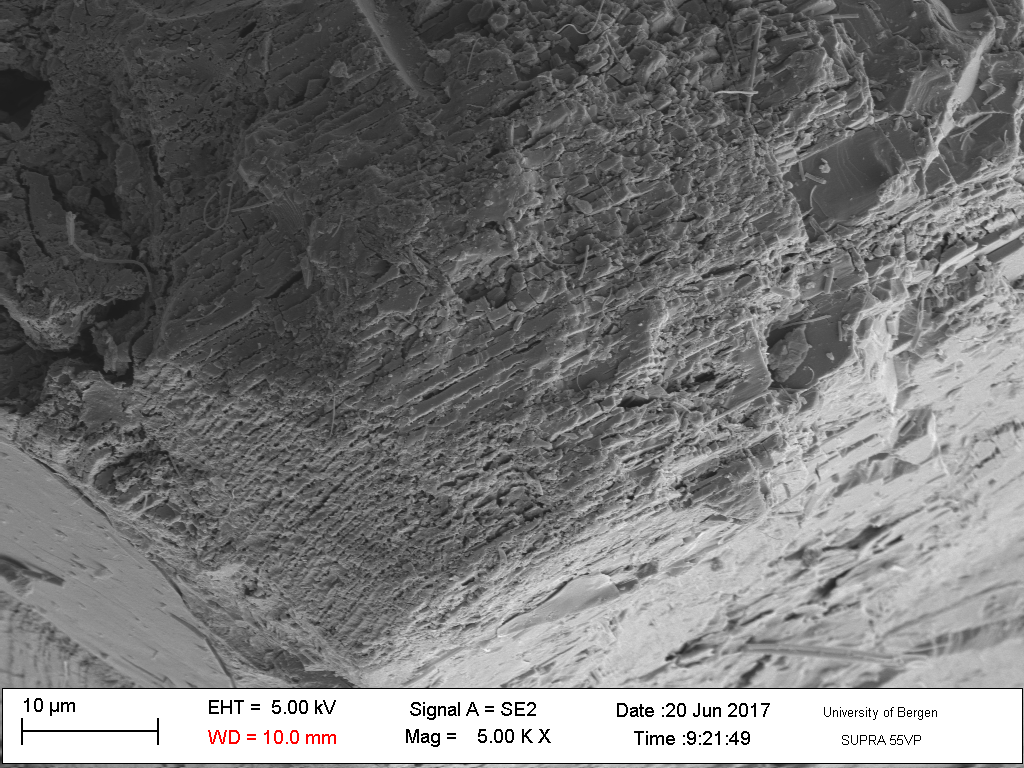MItigation of Greenhouse gas emission from cropped soils by mafic MINeral applications (MIGMIN)
The mineral industry produces large amounts of waste minerals, often finely ground/powdered. Currently, these minerals are stored in landfills, but this is controversial. Alternative uses for these materials should be explored, giving these materials value and reducing the amount of waste stored in landfills.
One potential use is as agricultural liming agents, against soil acidification. This is what MIGMIN is about: Our hypothesis is that agriculture could use substantial amounts of (mafic) rocks, benefiting the mineral industry, farmers, and the global environment. Norwegian agriculture strives to improve its environmental performance in general, and emission of greenhouse gases (GHG) in particular. Despite several decades of research, few/no novel methods have been invented to reduce CO2 and N2O emissions from cropped soils. One potential way to do this would be to use silicate minerals instead of lime, avoiding the CO2 otherwise emitted when using carbonates, and also reducing N2O emissions. While focused on Norway, the results may be applied worldwide. If the application proves successful, MIGMIN will quantify the environmental benefits, and hence provide a basis for policy makers to decide if economic incentives should be devised to make such novel fertilizers profitable.
IFE’s task within MigMin was to measure reaction kinetics of various rock dusts obtained from the mining industry, under conditions relevant for liming of acidified agricultural soil. Our results suggest that this kinetics may be too slow, unless sufficiently fine material is available. One potential benefit is a reduction in the required frequency of liming. IFE’s results were published in: https://www.mdpi.com/2076-3263/8/10/380

